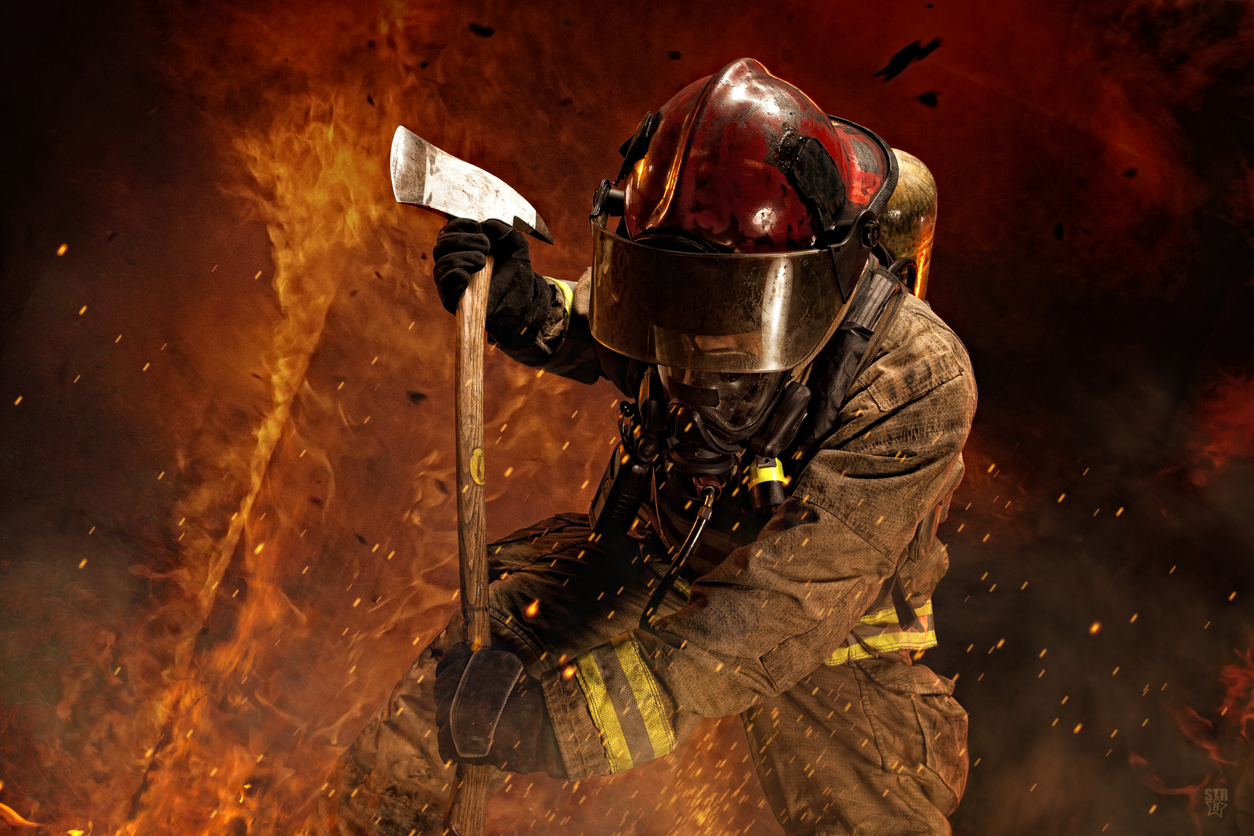
On June 24, the tragic collapse of the Champlain South Tower in Surfside, Florida, spurred an immediate inquiry into the structural integrity of the building and the remaining condominium complex. In addition, criticism sprang up regarding the clunky paperwork, declarations, and chain-of-command necessary to deploy federal emergency response teams to the scene, which took almost a full day to happen.
The United State’s local-state-federal structure does not allow for a fast, efficient response to large-scale disasters. Every minute is critical for saving lives, so the ability to instantly summon resources across city or state lines is a necessity that currently doesn’t exist. The result in the Champlain collapse was a rapid response from local emergency services, but a delay in reinforcements from other areas.
Miami-Dade Fire Rescue Response
Battalion Chief Mark Chavers of Miami-Dade Fire Rescue was the first rescue official on site at Champlain Towers South. He stated that the scene almost resembled the World Trade Center, and knew immediately that time was of the essence. For the responders that arrived moments after the collapse, giant chunks of debris were raining down as they tried to employ the rescue protocols they’ve been trained to use.
Video at the scene recorded rescuers using flashlights to search units in the parts of the building that had not fallen. Others pulled people from the rubble; not stopping until they had cleared every body they could see, some alive and some deceased. Dozens of people were hanging off the balcony, all the way up the building. Rescuers worked quickly to bring them to safety.
Hatzalah Volunteers
Paramedic Michael Strongin of Hatzalah of South Florida learned of the tower collapse in the early hours of June 24. He decided to travel to the site on foot since he was unsure of the logistics and staging operations that he would encounter. A half block from the scene, Strongin set up a Hatzalah incident command post and readied for casualties. Upon learning that there was ongoing fears of further collapses, he backed up the post to a local community center and set to work triaging, arranging transport for the severely wounded, and serving as a liaison. Injuries ranged from minor cuts and scrapes to life-threatening conditions, and the emergency operation included coordination with area pharmacists to supply survivors with needed medication.
Dynamic Scene
Benjamin Abo, DO, with the Miami-Dade Fire Rescue Urban Search and Rescue Task Force 1, assumed the medical command post for rescue operations at the site. He was responsible for the safety of his team, in-rubble search and rescue, and triaging survivors. Abo stated that the dynamic scene included the additional hazards of live electricity as they were sinking cameras into holes and combing through wreckage.
The initial response to this disaster in Surfside included a seamless interaction between the Miami-Dade Fire Rescue team, volunteers with Hazatlah, and other community members in an impressive combination of disaster medicine and community paramedicine.
About Provident Insurance Programs
With roots dating back to 1902, Provident Insurance Programs is a program administrator that serves paid and volunteer firefighters in addition to emergency medical responders with numerous custom-tailored insurance programs. We’ve also extended our expertise and experience to offer benefit plans and coverages to participant groups as well as Transportation Benefits. We are committed to continuing to provide superior customer service, and would be happy to speak with you to provide further information. Give us a call today at (412) 963-1200 to speak with one of our representatives.
Social Title: A Closer Look at the EMS Response in the Champlain Condo Collapse
Social Description: The initial EMS response to the Champlain condo collapse was an impressive collaboration. Read for more details about what unfolded at the scene.


